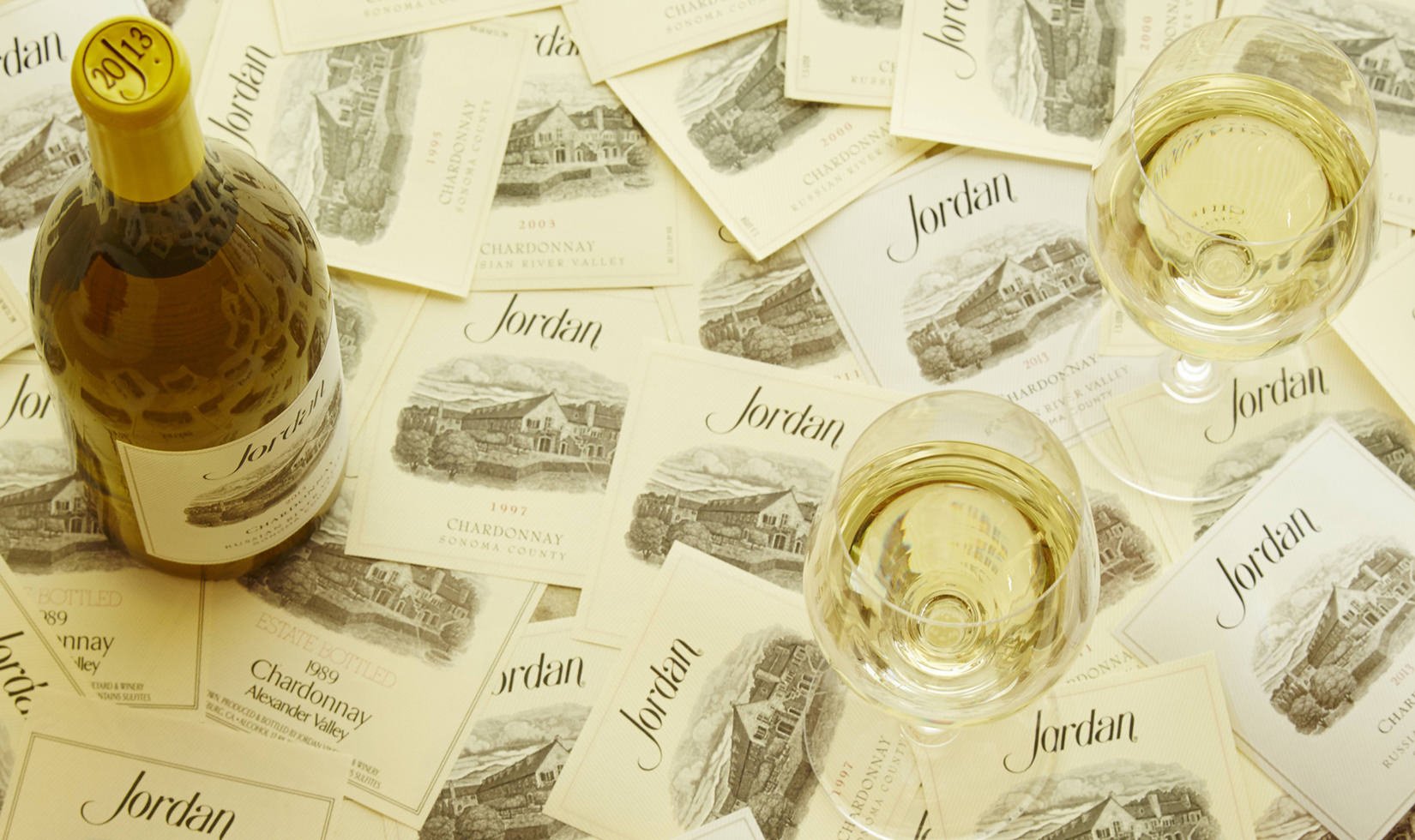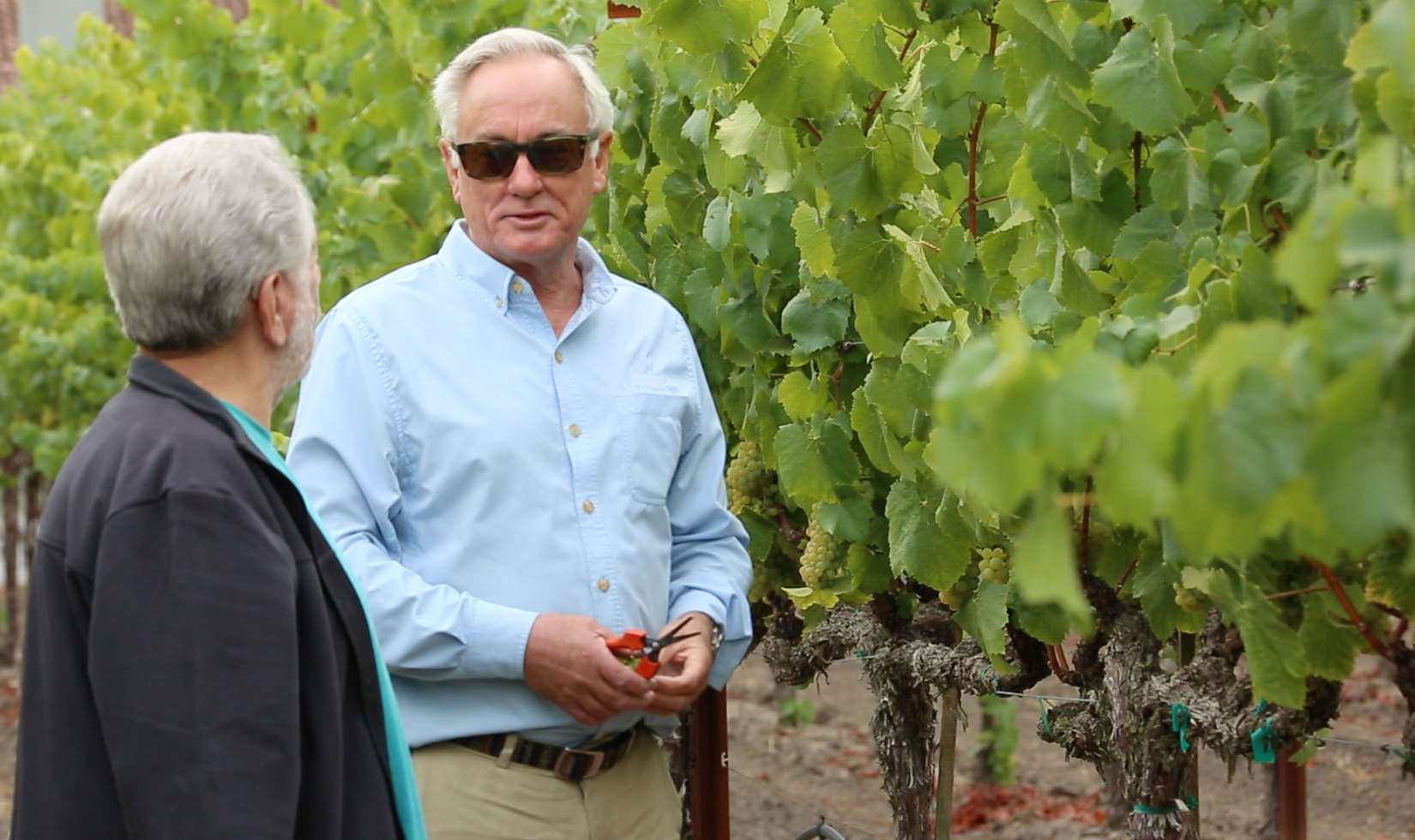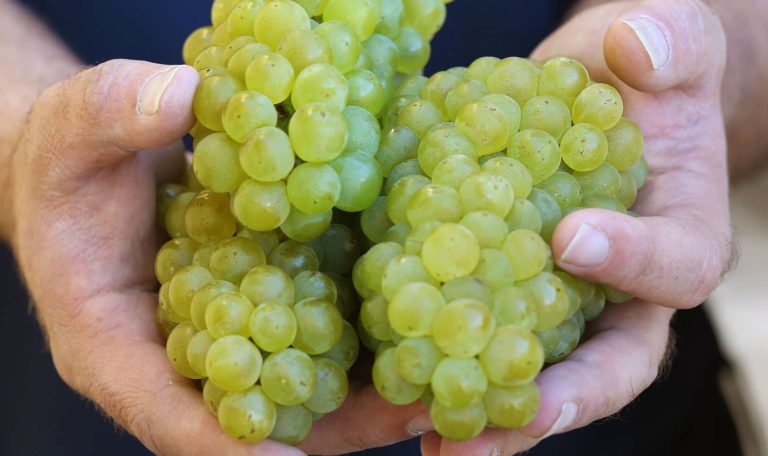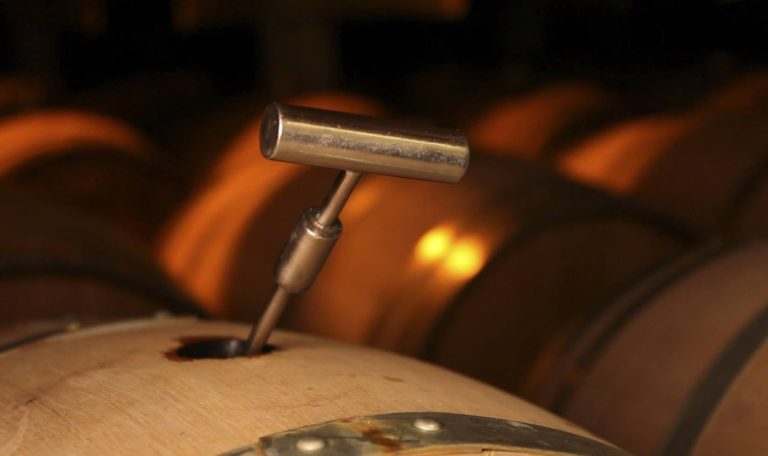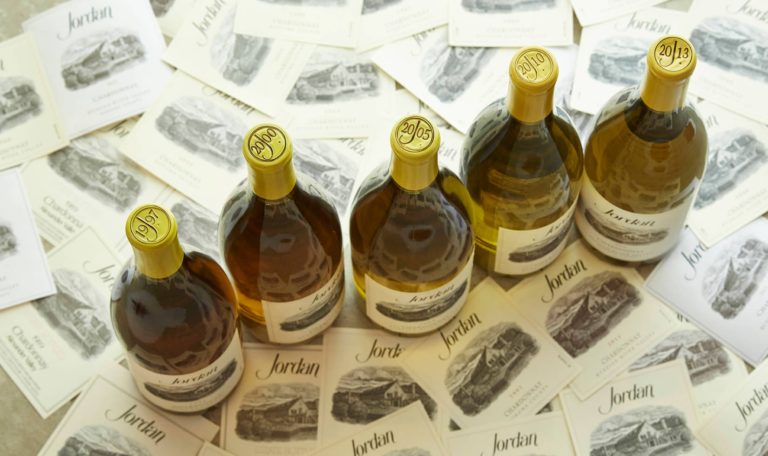The inspiration for Jordan Chardonnay is the White Burgundies from Meursault and Puligny-Montrachet, and while we never want to change our crisp, balanced style of wine, John Jordan believes in constant evolution; we are always trying to find ways to make every vintage better than the last.
Here are five key steps taken in the last four years with winemaking techniques to continue elevating the bright fruit flavors and elegant structure of Jordan Russian River Valley Chardonnay.
1. Intimate relationships with grapegrowers
Selecting the best vineyard site is a primary goal, but success is not rendered a possibility without the stewardship of our assembly of grower families and their employees. Ranch Manager Brent Young and myself work closely with growers to ensure that blocks are farmed to our specifications, adapting to every change during each growing season. Controlling grapevine uniformity and protecting fruit from the elements is crucial, and this can only be achieved when the winemaker and farmer share the same vision and commitment to quality. A cornerstone of that commitment is vine balance. Burgundy vigneron Frédéric Magnien said it best: “You cannot reconstruct balance. You cannot, through winemaking techniques, achieve balance in what was not balanced beforehand, however, you run every risk of destroying harmony.” Technique is important and simplicity is key, but the fruit is everything to a winemaker. That’s why I spend twice as much time in the vineyards of Russian River Valley than Alexander Valley. The delicate-skinned Chardonnay grapes simply demand more attention to achieve balance (see my last blog post). The deep relationships we’ve forged with growers over the decades, coupled with frequent examination of the health and progress of the vines each season, allow us to nurture the vineyard at the highest level. Like any business, mutual trust, respect and friendship go a long way in getting the job done exactly how you want, when you want.
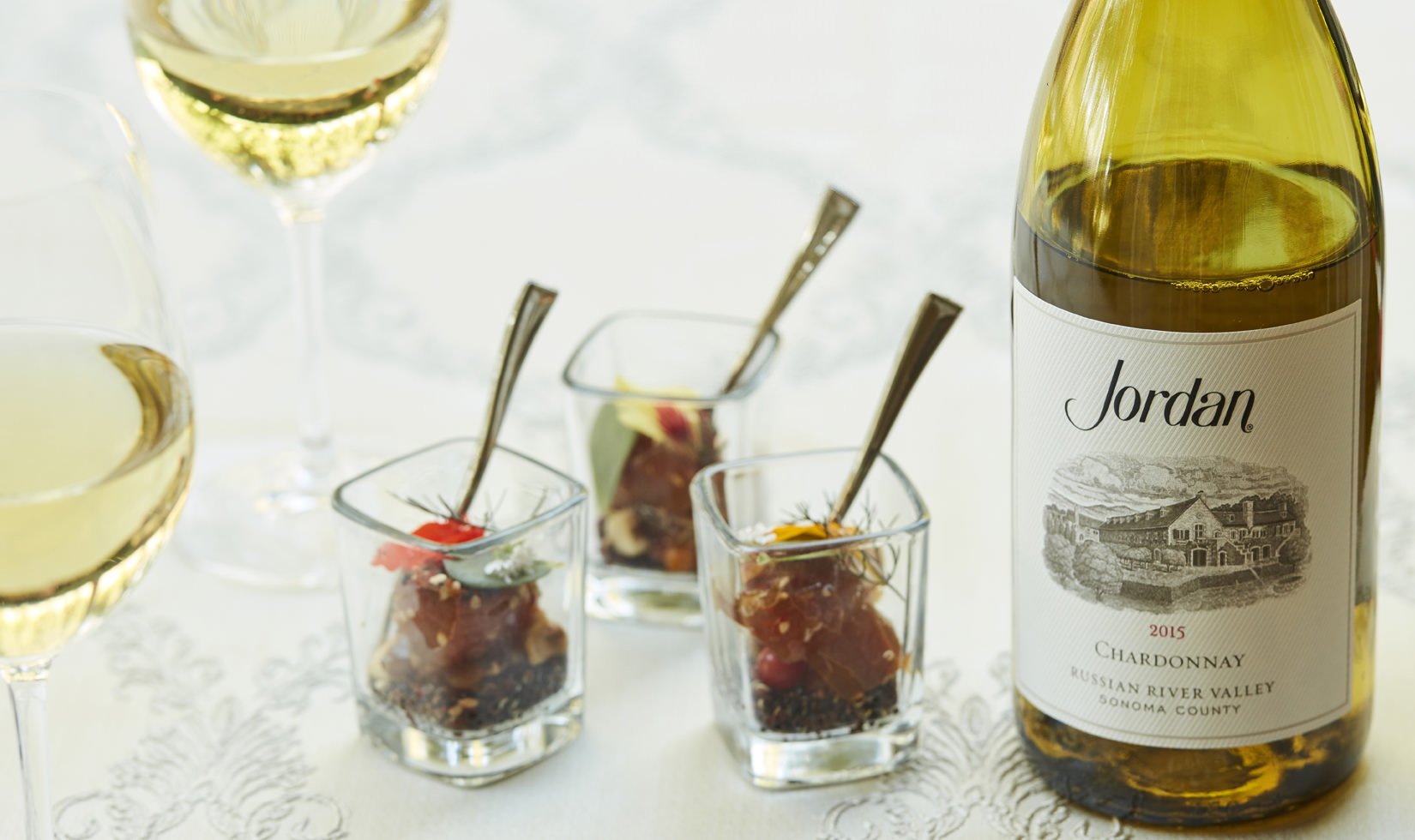
2. Reducing malolactic fermentation
The first Jordan Chardonnay in 1979 went through 100 percent malolactic fermentation—a commonly used technique of converting malic to lactic acids to give the wine a buttery, creamy mouthfeel. Since the 2005 vintage, we have been gradually decreasing malolactic fermentation for Jordan Chardonnay. Our 2015 vintage, which releases April 1, underwent only 19 percent malolactic. The buttery note is delicate, and the natural acidity is vivid. We’re looking for subtle integration and roundness on the mid-palate and finish without masking the varietal character of the grapes, providing a harmony of flavors throughout each sip. Too much brass and percussion in the wine, and you can’t hear the orchestra’s violins and woodwinds.
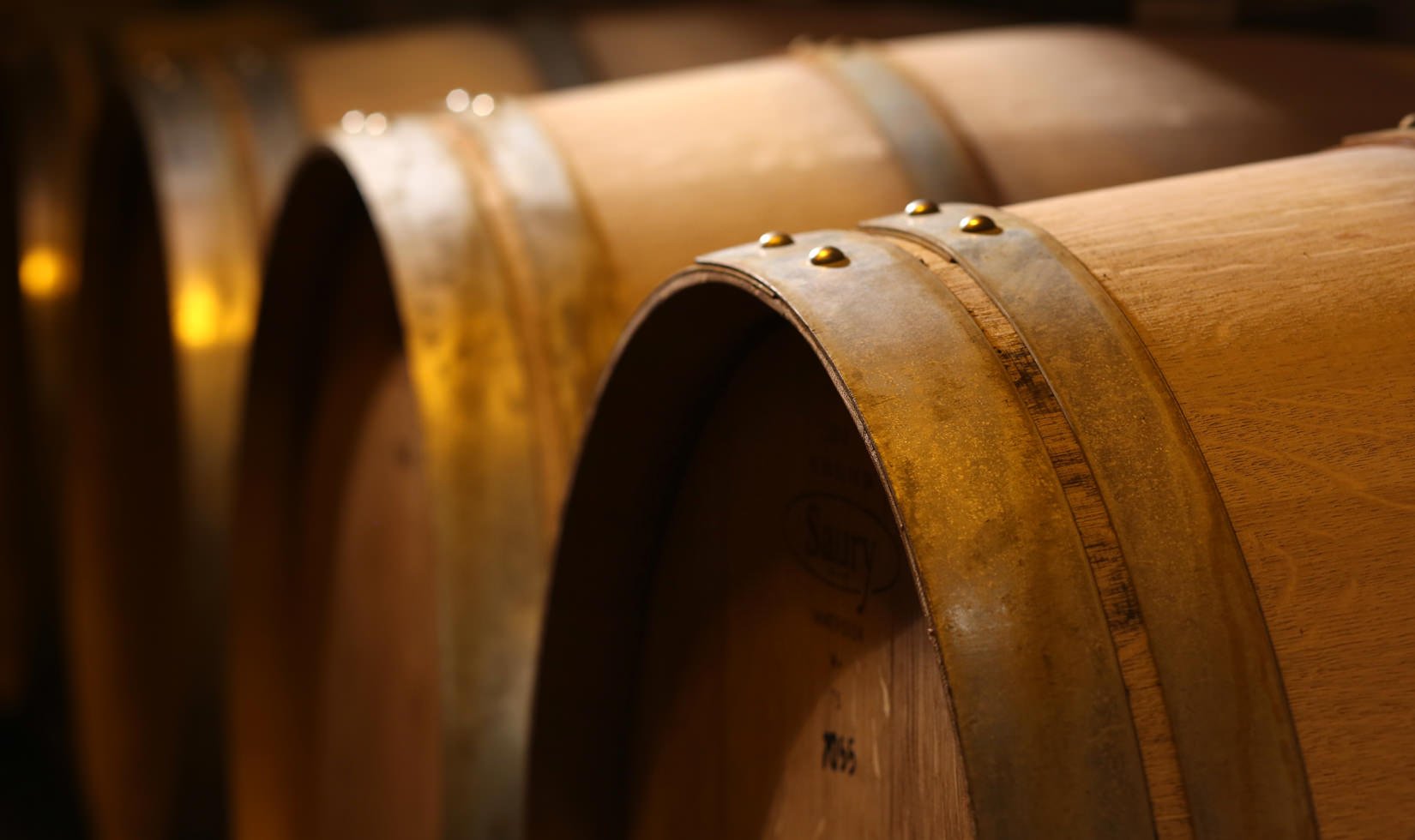
3. Changing barrel aging regime
During the first vintages of Jordan Chardonnay, we employed 100 percent barrel fermentation in all French oak, with barrels ranging from brand new to three years old. We review the barrel cooperage program every year, looking for opportunities to frame and lift the intensity of chardonnay’s alluring stone fruit flavors. Since 2014, we’ve moved to aging in 60 percent stainless steel and 40 percent French oak—all new barrels with no carry-over from previous vintages. The resulting fruit is cleaner, more robust with just a suggestion of creaminess from the new barrel. Used barrels simply hamper the freshness of the chardonnay fruit.
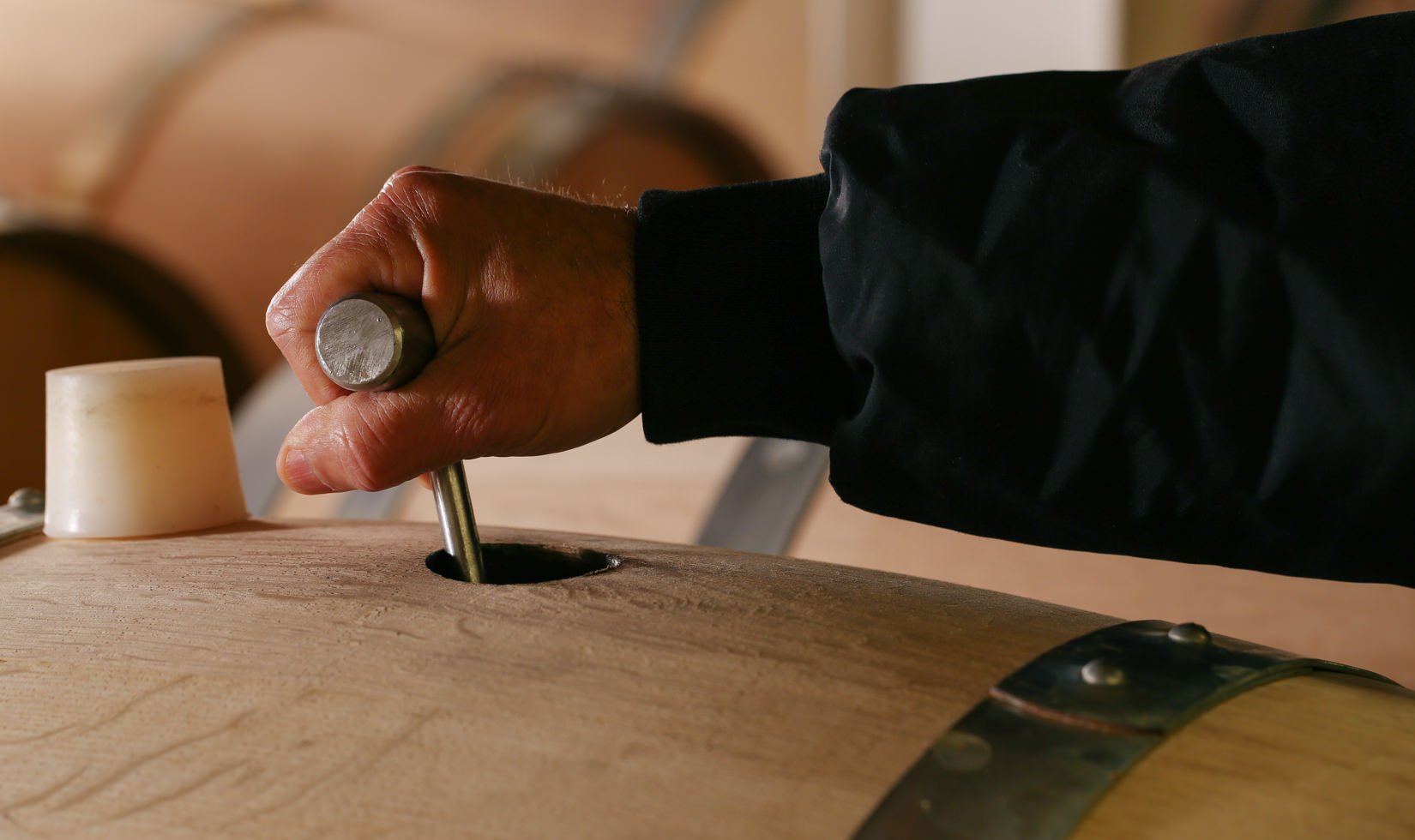
4. Taking a new approach to batonnage
Recent experiments have led to better utilization of batonnage—the important practice of stirring the chardonnay lees after fermentation. Since the 2015 vintage, we’ve stirred the young chardonnay lots in both stainless steel and new French oak barrels, whereas Jordan batonnage used to occur only in wood. This subtle change has incorporated the creamy texture of yeast into the mid-palate and a long, silky finish at the same time.
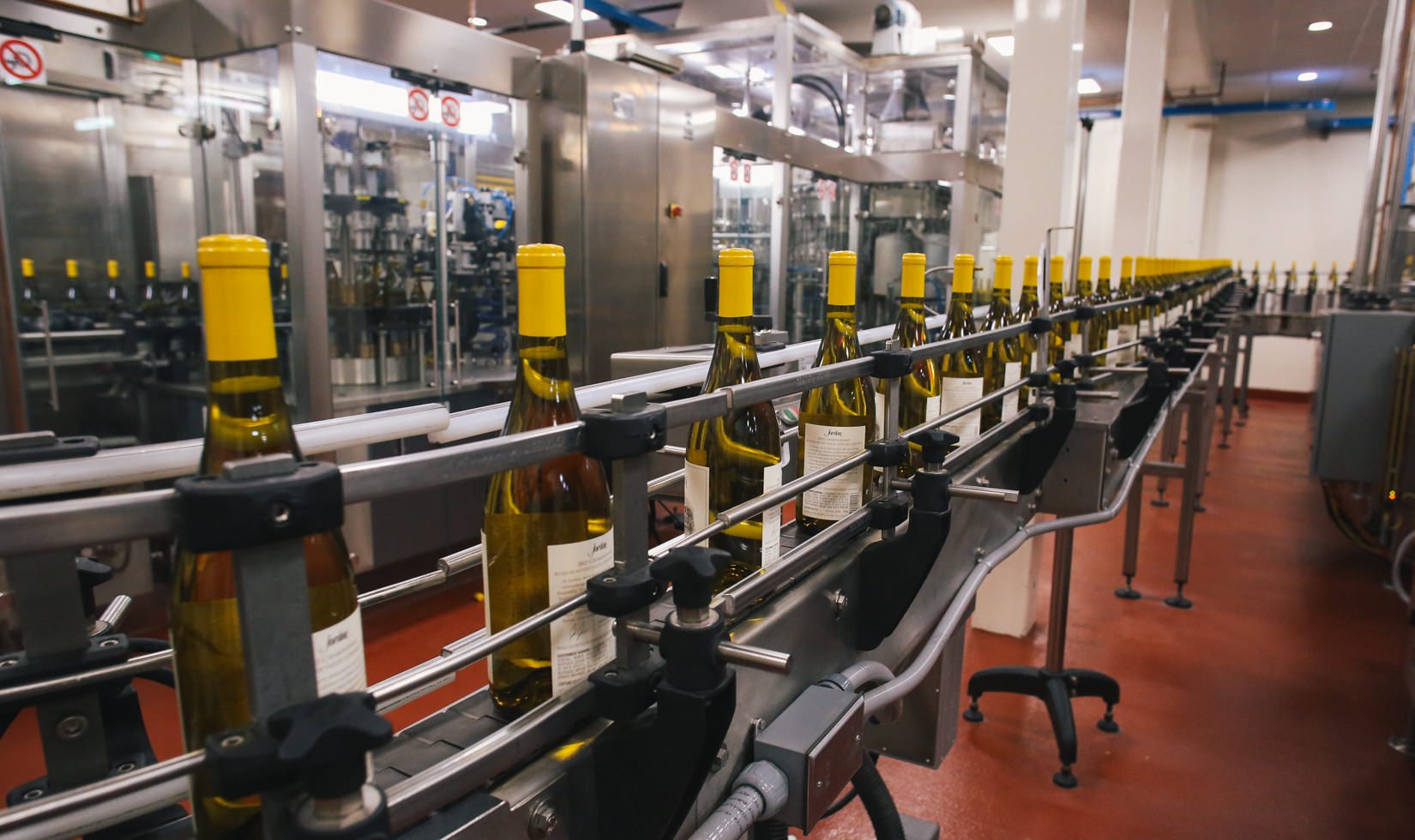
5. Bottling with state-of-the-art equipment
The improvements made to wine bottling—installation of a new, state-of-the-art bottling line in 2013—illustrate the commitment that John Jordan has made to ensure that perfection extends all the way to the bottle. Every machine on the line is equipped with a camera that catches any imperfection in the bottling process. Employing the latest technology ensures that every cork, foil and label is perfect and that our wine does not suffer the ill effects of oxygen transfer from the filling process. This has virtually eliminated bottle shock, and has the same effect on aromatics as aging six months in bottle.
Every vintage always has the thumbprint of Mother Nature, but can you taste a difference in the brightness of the stone and citrus flavors? It’s a subtle change, but a quality queue in our quest to craft a California chardonnay that honors France’s best and is crisp, delicious and versatile for food pairing.
